Brad Bennett: Student Report from 2018 Alternative Fall Break to the Dominican Republic
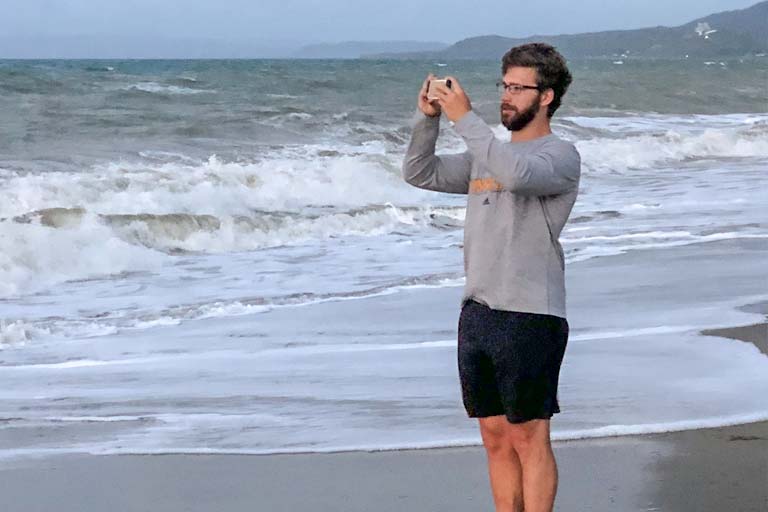
Leaving my house for the airport at 3:45 a.m. was an early start to this new adventure. While tired in the early morning hours, an underlying excitement easily kept me awake through these travels.
The first leg of the flight took me to Miami, a city and airport that I had never visited previously. In the airport, I connected with John, the other person on my trip that also happened to be flying through Miami. Together we began discussing mutual interests and the events that awaited us in the Dominican Republic. Entering a country that was dominated by Spanish, a language in which both of us had rudimentary understandings but lacked comprehensive knowledge, gave us a sense of nervousness and excitement.
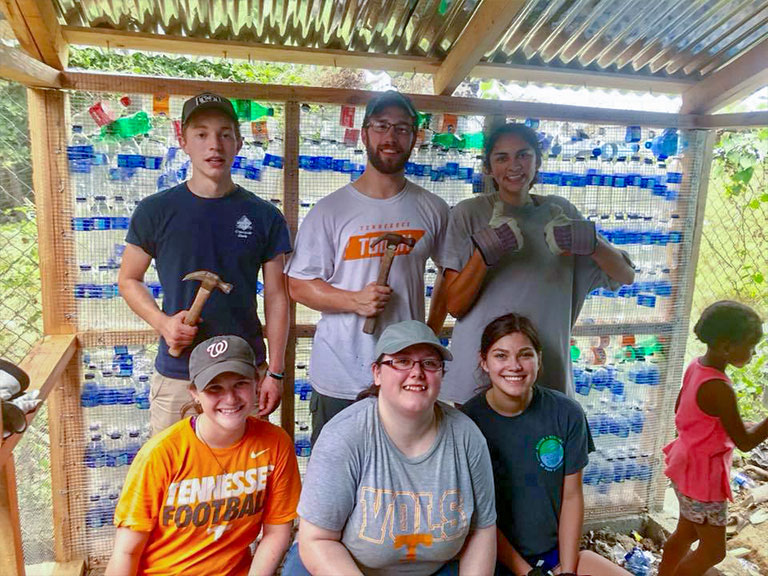
Upon landing in Santiago, we quickly hopped off the plane and began the customs process. The airport was small with only 6 gate terminals; however, it supported a beautiful covered patio at the entrance. At customs, I handed my papers to the woman sitting in the booth who promptly chuckled at my first attempts at conversation in Spanish. Once we submitted our immigration forms and collected our bags, John and I found the remainder of our group waiting for us outside of the airport after having arrived on an earlier flight. Our band of Tennessee travelers was officially introduced to our guide from 7 Elements, the host company that coordinates and executes the community outreach projects with which we had arrived to assist. Following the brief introduction, we promptly loaded our things onto a van and away we went.
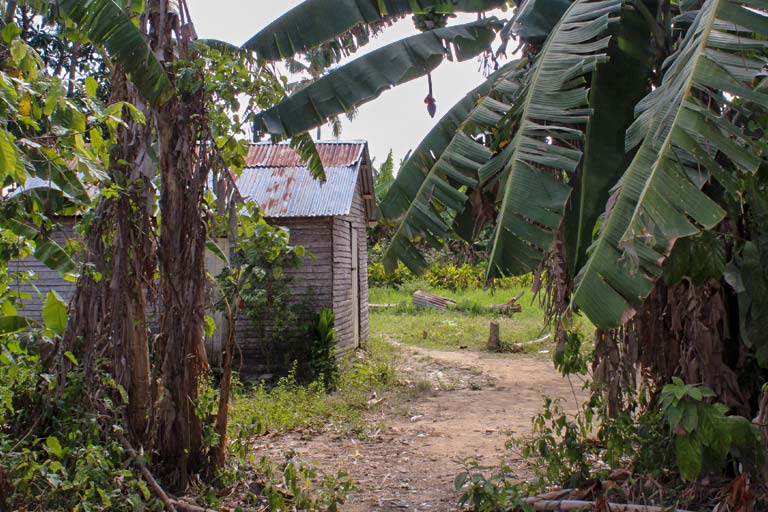
During the drive to the lodge that we would call home for the coming week, a number of observations stood out in my mind. The first being the amount of trash that decorated the sides of the roads on our ride to the lodge. Bottles and other plastic debris became a very familiar sight when looking to the sides of Dominican roads. The second was the lack of air conditioning or fans, certainly an adjustment for travelers from Tennessee arriving in a sunny Caribbean climate. The third was the presence of water coolers to be used for drinking. While the water supply in the Dominican Republic is treated to a certain degree, the majority of people still used bottled water for drinking. The last feature that made a rapid impression on me upon arriving was the extensive natural beauty of the surrounding scenery. The island is surrounded by sparkling blue water and accented with large mountains in the interior. Both features create a breathtaking natural landscape.
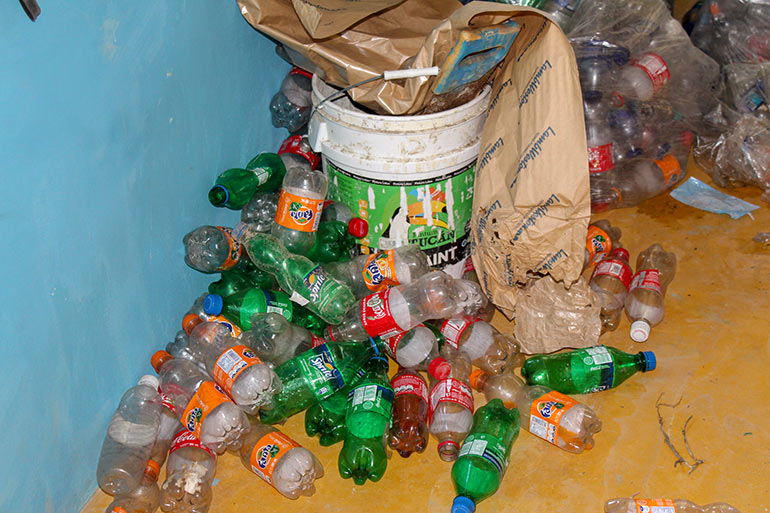
Our first build project began the next day in a community called Cano Dulce. Our group began work on the construction of the back and side walls of the kitchen in a house. Our team was tasked with nailing in a front and back grating to the wooden framing of the house and filling the interior space in the wall with plastic bottles. The plastic bottles were used as a form of insulation within the wall.
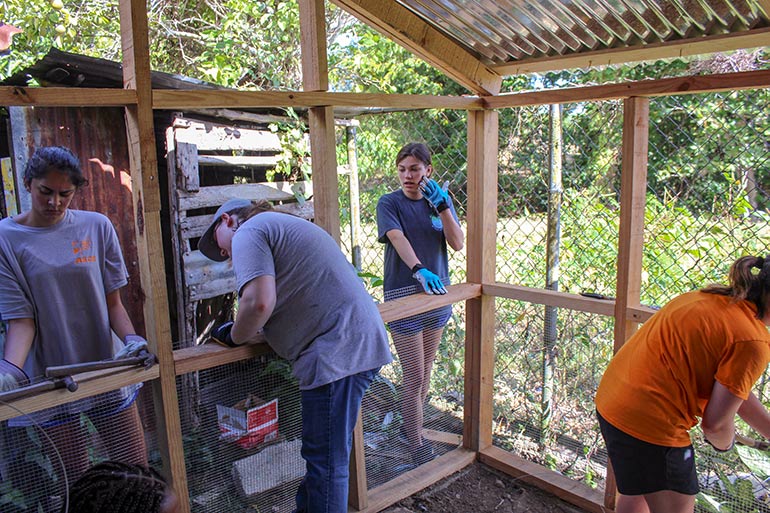
In completing the grating on the wall, it quickly became apparent how much faster the job could have been done had a nail or staple gun been used. However, these tools were not available, so manually hammering the grate to the wall, nail by nail, was the best option available. This process made me appreciate the availability of tools in the United States and how effective our construction industry is in this country. In total, we surpassed our allotted goal for that workday, completing both the grating and bottling process for the back wall and completing the exterior grating for the left side wall.
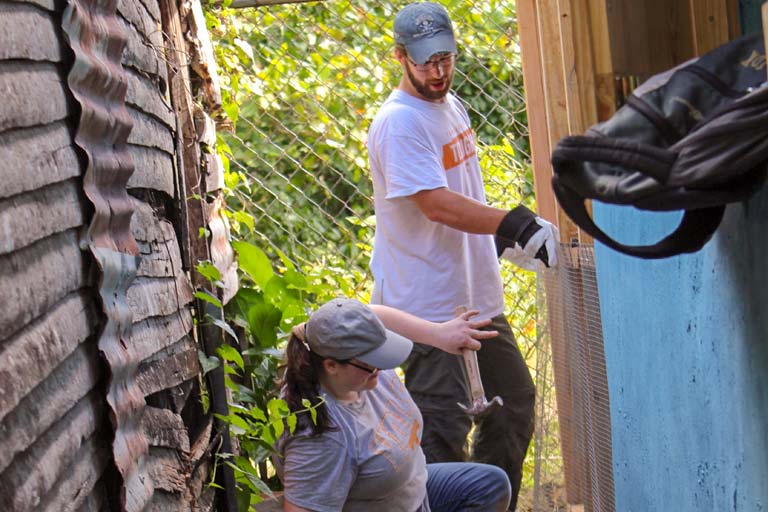
On this same assignment, we were also given the opportunity to apply the concrete to the back wall on which we completed the bottling process. Mixing the concrete quickly became a very labor-intensive task. We mixed water, sand, and bags of concrete with shovels to create the paste that we then applied to the wall by hand. Moving the shear mass of concrete needed by bucket became a tiring exercise in and of itself. The job was very messy but appeared to be effective in sealing the empty plastic bottles within the wall. A cold shower was a happy reward after returning to the lodge that day.
After completing the day of concreting for the back wall of the house in Cano Dulce, our group was tasked with a new project in a new community called La Grua. The community consisted of Haitians that live together on the periphery near a group of Dominicans in the Dominican Republic. On this work day, we mixed concrete for a floor in a house in the community. This time when moving the concrete, we were granted a wheelbarrow. This technique proved much more effective in transporting concrete into the house, but it certainly took me a couple of tries to get comfortable pushing the wheelbarrow up the 3-inch board to enter the doorway at the house’s elevation, approximately 16 inches above the exterior ground. We worked alongside the masons for the project, Dominicans that worked professionally with 7 Elements on construction initiatives. Again, our group surpassed expectations, completing the entirety of our responsibilities before lunch arrived with the only remaining work being the final leveling and sealing of the floor by the masons.
Following our lunch break, we were led on a tour of the Haitian community. Our group leader from 7 Elements talked about several of the previous projects that other groups had completed. The project that was focused on the most was the recently completed recycling center. When in the community, it became apparent the degree of need that was present. The Haitians in La Grua are experiencing sever poverty despite living in the Dominican Republic. Things like water and clothes were in short supply.
In reflecting on the two different projects that we worked on over the course of this trip, I have a sense of satisfaction and pride in the work that we completed, however, I also believe that 7 Elements could have used us more effectively. In examining the use of plastic bottles for insulation, the insulating feature amounts to just the air barrier in between the front and back layers of concrete on the wall. A consideration that we submitted suggested filling the bottles with a material such as water or dirt in order to create a better insulating effect. Using the bottles in this building technique creates a strong moral image, however, it likely is not the most effective solution in helping to insulate the house for this member in the community. We also suggested that an educational program for the community on reusing plastic products would be more helpful in cleaning up the community rather than attempting to disguise the waste as a building insulator since empty plastic bottles have a relatively minimal insulating effect in this circumstance.
A similar deduction was made regarding some of the features surrounding the Haitian community recycling project. In a situation of such prevalent poverty levels, the use of resources to construct a recycling deposit may not have been the best allocation of materials and work hours. In situations where members of the community need clean water and clothing, recycling does not appear to be one of the most pressing needs.
In conclusion, I believe this trip has made me a better engineer. I believe the construction projects that we completed will benefit the people in those communities, however, I learned more than how to mix concrete or construct walls in a home. I believe the most important impact that this trip has had on me personally was in raising my awareness to the importance of assessing needs and costs accurately and then optimizing the resources at your disposal to target those needs in the most effective manner. It rings true the old adage of work smarter not harder. The act of finding the root causes within problems is often central in engineering, and this trip provided a number of very clear and tangible examples of how powerful it can be to address issues at the core rather than mitigating symptoms. These are lessons that I plan to keep in mind as I move forward through the remainder of my academic studies and on into my professional career. It was an honor and pleasure being given the opportunity to travel on this journey. Thank you.